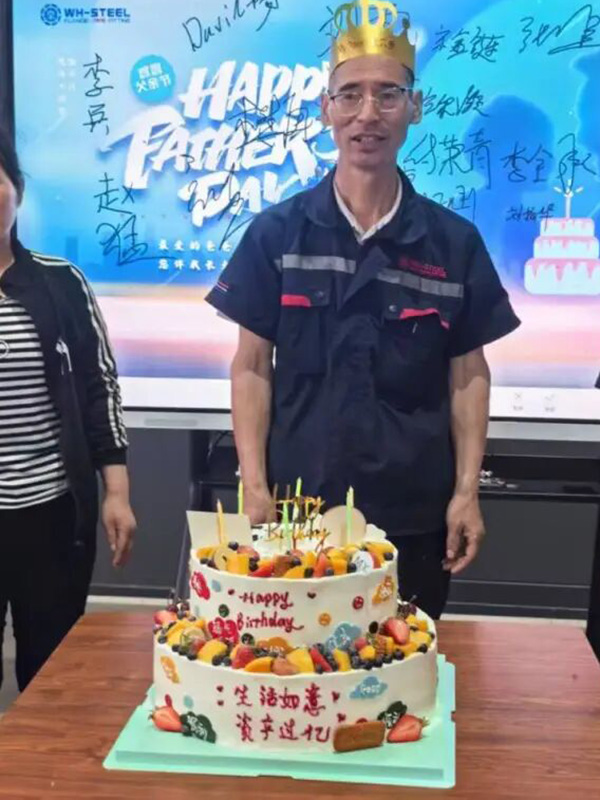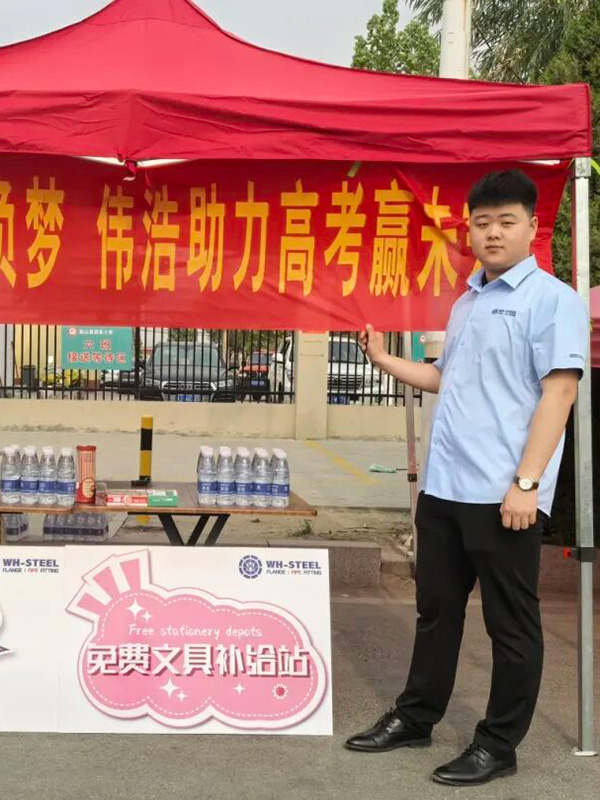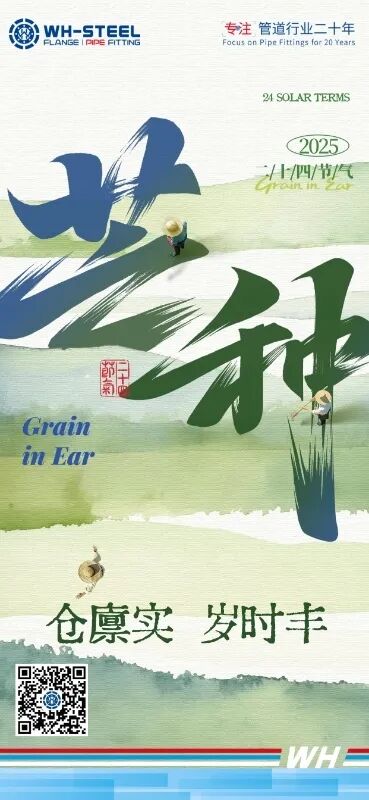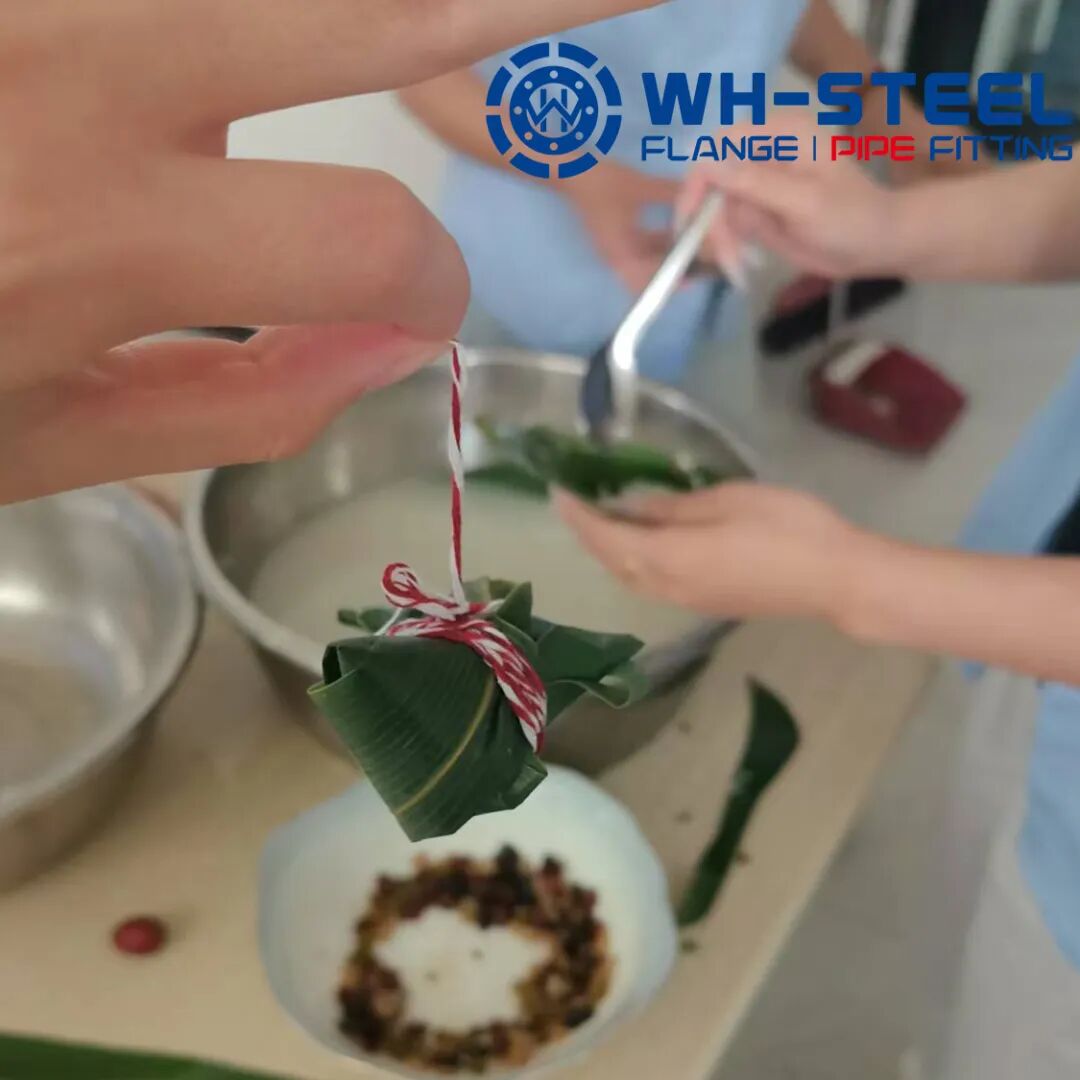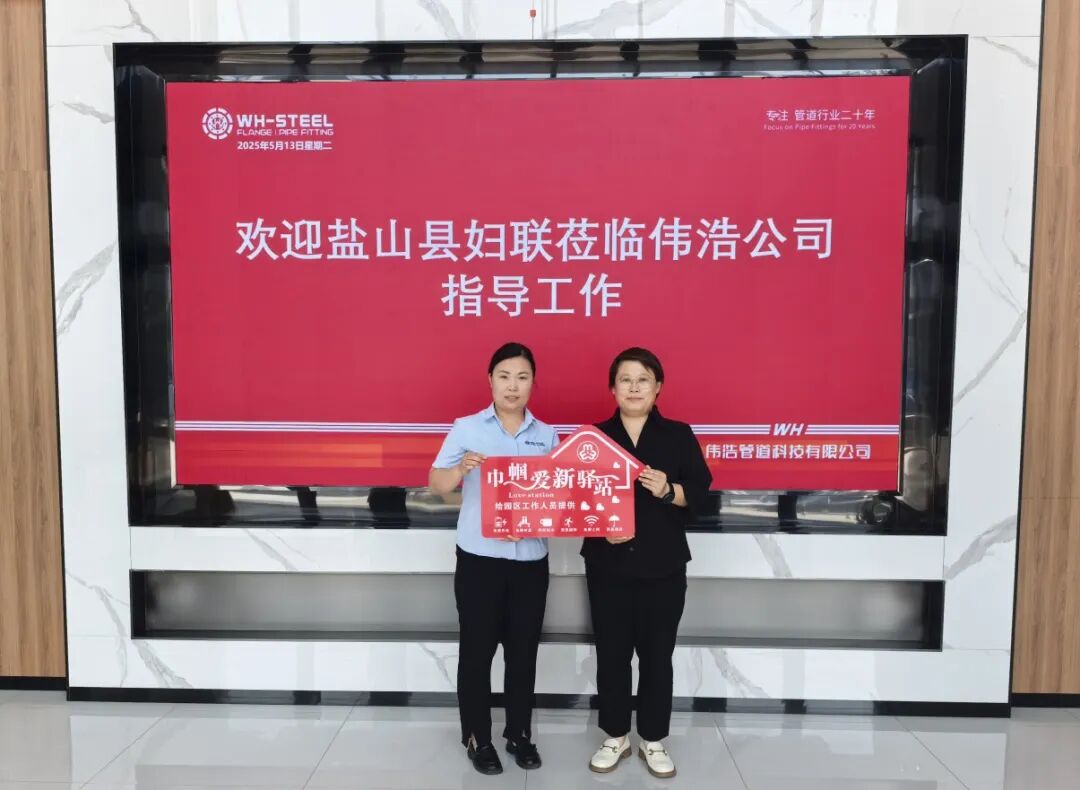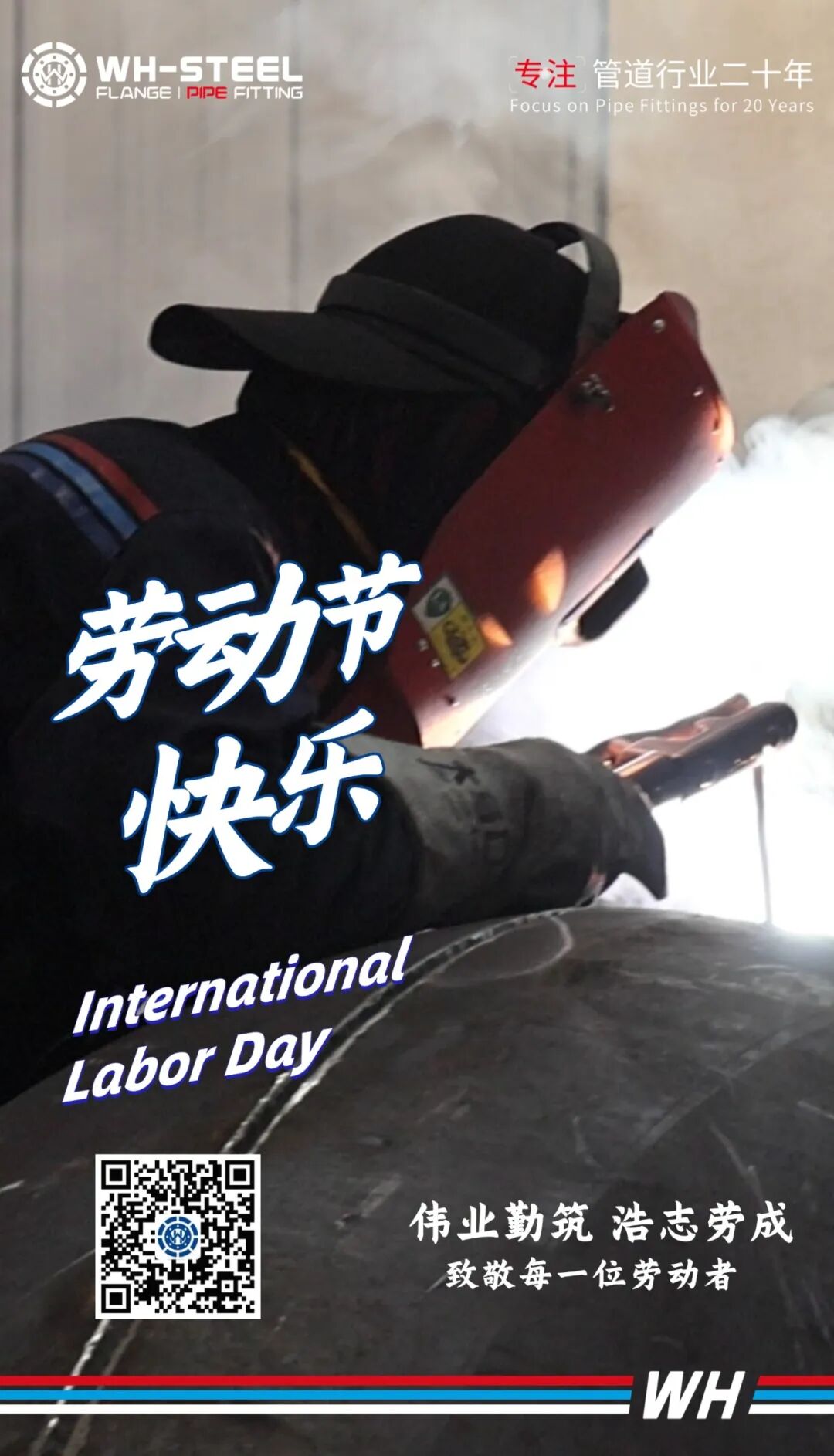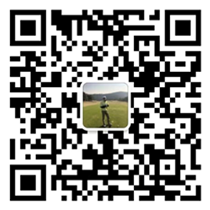Led by Han Baoyi, Deputy Director of the Emergency Department at Shoufu Hospital of Traditional Chinese Medicine, this training will systematically teach medical staff practical first aid techniques, such as cardiopulmonary resuscitation and trauma management, transforming them from "bystanders" into "lifeguards."
Why learn first aid?
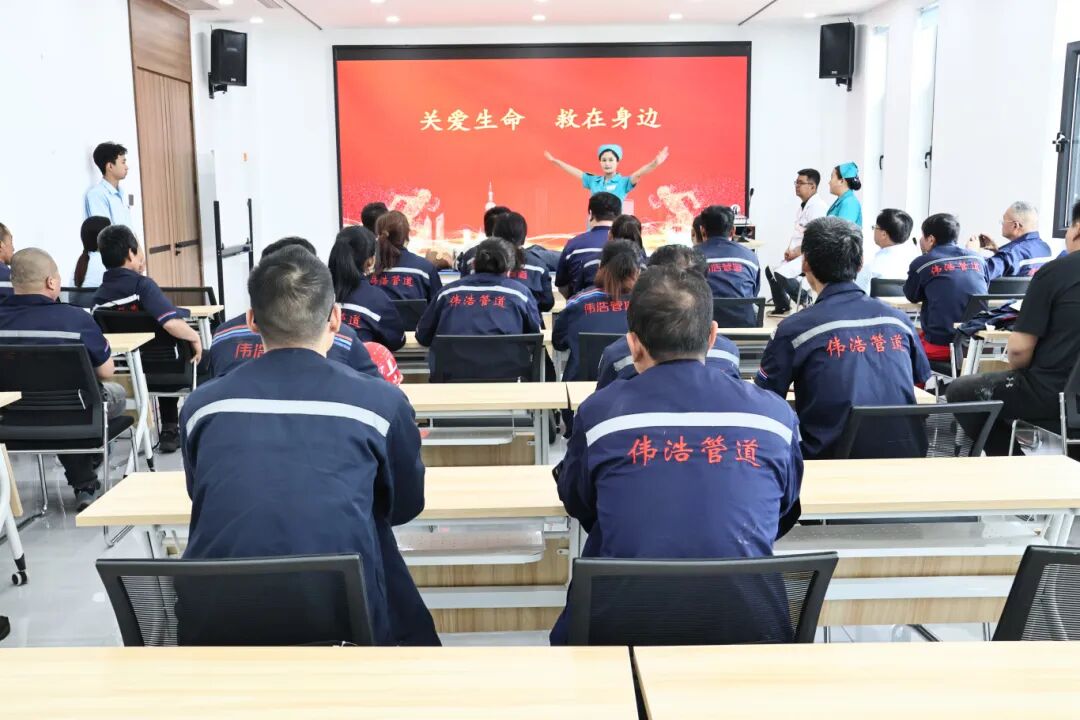
01 The golden 4 minutes determine life and death
After cardiac arrest, if the brain is deprived of oxygen for more than four minutes, it will cause irreversible damage. However, it is often difficult for an ambulance to arrive in such a short time. Mastering cardiopulmonary resuscitation (CPR) skills can save patients at this critical moment.
02 Accidents are everywhere
Whether it's workplace risks like electric shock, chemical leaks, and mechanical injuries, or everyday life like suffocation and drowning, proper first aid can significantly reduce the severity of injury. For example, basic skills like stopping bleeding, bandaging, and immobilization can effectively prevent injuries from worsening.
Safe production relies not only on equipment protection but also on employees' emergency response capabilities. WH-STEEL First Aid Training specifically addresses the needs of businesses and designs customized courses that meet industry characteristics to help employees improve their emergency response capabilities and safeguard their safe production.
Comprehensive coverage from theory to practice
WH-STEEL's first aid safety training utilizes a comprehensive teaching model combining theoretical explanation with practical exercises to ensure every worker truly masters first aid skills. Cardiopulmonary resuscitation, the "gold standard" of first aid, is a key focus of this training.
Chest compressions
Precisely locate the midpoint of the line connecting the two nipples and compress at least 5 cm deep at a rate of 100-120 times per minute. The correct position is to kneel on one side with the arms vertical, using the hip joint as the pivot point, and rely on the strength of the shoulder and back to perform compressions.
Opening the airway
Use the "head tilt, chin lift" technique—press the forehead with the palm of one hand, and lift the jaw upward and forward with the index finger of the other hand until the line connecting the jaw and earlobe is perpendicular to the ground.
Artificial respiration
Maintain a patent airway. Pinch the patient's nasal vestibule and deliver a breath at a normal inspiratory volume for one second, causing the chest to rise and fall noticeably.
This morning, the Chinese Medicine Hospital's medical team methodically conducted various examinations for employees. These included blood pressure, blood sugar, five hepatitis B test items, electrocardiograms, and ultrasounds. The medical staff patiently and meticulously measured each employee's health and provided personalized health advice based on the results. Their professional equipment and sophisticated technology provided accurate diagnostic evidence for the employees' health.
Escort the college entrance examination with love
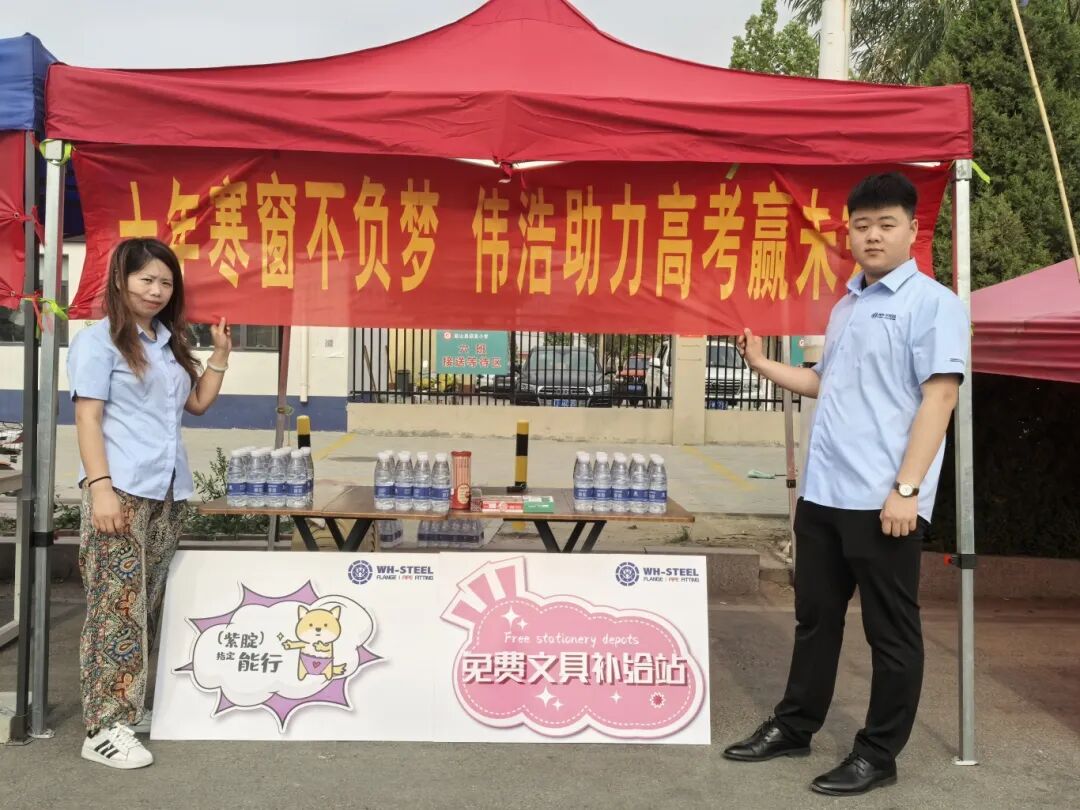
Today, the annual college entrance examination arrives as scheduled, and countless students are about to head to the exam halls, writing a crucial chapter in their lives. On this special day, in addition to the students' hard work, a group of dedicated volunteers and caring businesses are also spreading warmth and providing support for the Gaokao.
"Energy Refueling Stations" Outside the Examination Halls
In the scorching summer heat, parents and staff outside the examination halls also need care. The WH-STEEL Charity Group has set up "Caring Service Stations" near the examination sites.
Free services are available at WH-STEEL stations:
Heat relief supplies (wet wipes, Huoxiang Zhengqi water)
Emergency stationery (2B pencils, erasers)
Psychological counseling (to alleviate parents' anxiety)
These small gestures make the wait less elongated and bring a touch of warmth to the Gaokao.
WH-STEEL wishes every candidate great success in their writing and success in the exams!

